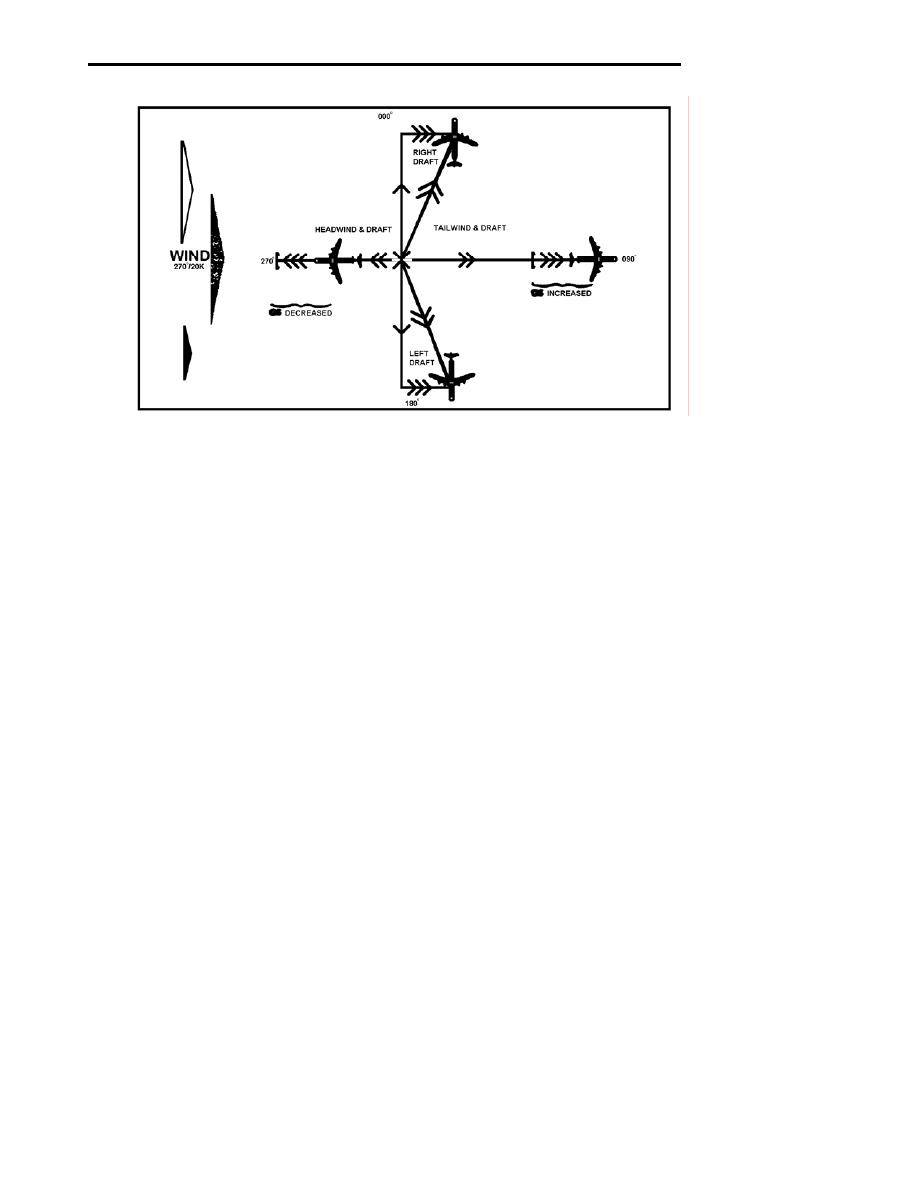 |
|||
|
|
|||
|
|
|||
| ||||||||||
|
|  INSTRUMENTS FLIGHT PLANNING
CHAPTER THREE
Figure 3-2 Wind Vector
Once wind is determined, maintaining course and predicting aircraft position is accomplished
easily. This is basically what DR consists of determining wind and predicting aircraft position.
303.
DETERMINING WIND
Basic Instruments provides a method of determining wind. It is based on conducting a GS check
and noting the amount of crab necessary to maintain course. Since this method was reinforced
several times in previous exercises, no more time is devoted to an explanation. The importance
of determining wind needs to be stressed.
If for some reason a GS check is not completed, the SNFO can estimate the wind by using the
best information available: weather forecast winds. Using the wind face of the CR-2 to plot
forecast winds and desired course, an SNFO can make an intelligent guess at what the GS is.
This is not the best way, but it can work.
304.
APPLICATION
As you have noticed the best way to determine wind is to complete a GS check as soon as
practicable. Now let us look at what to do when the TACAN goes down! This usually means
loss of DME or azimuth or both. In most cases, it is both. After rechanneling without results,
you assume the TACAN is down and now you have a real problem: how to remain on course
and determine when to turn at the next turnpoint.
SITUATIONAL AWARENESS
3-3
|
|
Privacy Statement - Press Release - Copyright Information. - Contact Us |